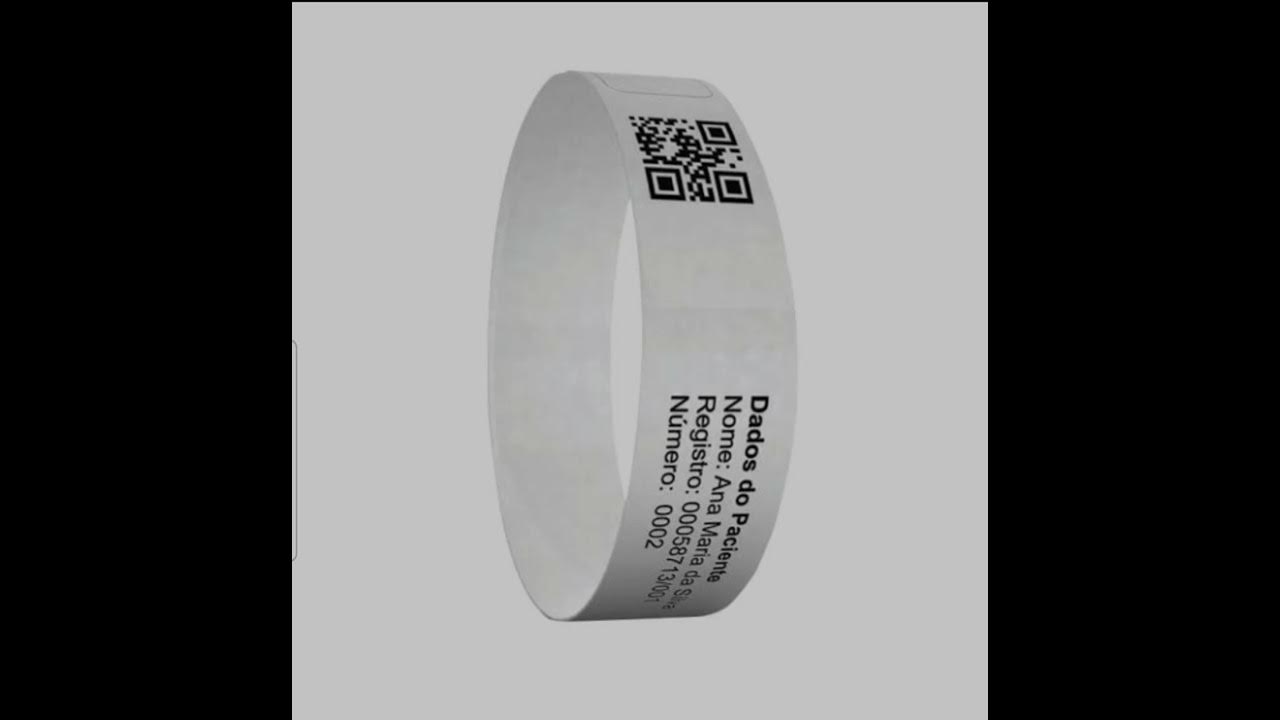Briefing 3 0
Summary
TLDRThe script outlines a healthcare simulation training session focused on managing a patient with intestinal obstruction. It emphasizes the importance of treating the simulation as a real clinical scenario, encouraging participants to learn from mistakes within a non-threatening environment. The session includes familiarization with equipment, patient assessment, and intervention. Roles are assigned, and participants are encouraged to take detailed notes for debriefing. The training aims to enhance nurses' knowledge and skills in handling patients with intestinal problems, such as dehydration and potential shock.
Takeaways
- 🧑⚕️ The simulation is a safe, non-threatening learning environment where mistakes are acceptable and are part of the learning process.
- 👀 The participants are encouraged to suspend disbelief and treat the simulation as if it were a real clinical scenario.
- 🔍 Participants should familiarize themselves with the room and equipment, including the monitor, speaker, and medication cart.
- 📊 Vital signs can be obtained by taking a patient's bioscience, and the simulation will reflect the patient's condition accordingly.
- 📞 A functional telephone is available for calling resources or receiving calls with additional information from outside sources.
- 💻 Portable computers are used to access patient information, and in this case, it's through a system called 'Doctor Care'.
- 💊 The medication cart is traditional and not computerized, and participants should explore it to know where medications are located.
- 📚 A drug handbook is available for reference in case participants are unfamiliar with any medication.
- 👥 Roles are assigned for the simulation, including primary and secondary nurses, patient care technician, family member, and observer.
- 📝 Observers are tasked with taking detailed notes on the simulation, including assessments, interventions, and reactions of all involved.
- 🎯 The main objective of the simulation is to care for a patient with intestinal problems, specifically focusing on small bowel obstructions and their management.
Q & A
What is the primary purpose of the simulation described in the script?
-The primary purpose of the simulation is to provide a non-threatening learning environment where participants can practice and learn clinical scenarios with real patient care, including making mistakes and learning from them.
Why is it important for participants to be familiar with the room and equipment in the simulation?
-Participants need to be familiar with the room and equipment to ensure they can effectively engage in the simulation, just as they would in a real clinical setting. This includes knowing where to find vital equipment and how to use it.
What is the significance of the statement 'what happens in this simulation stays in the simulation'?
-This statement emphasizes that the simulation is a safe space for learning where mistakes can be made without fear of real-world consequences, encouraging participants to be fully engaged and learn from their experiences.
How does the simulation prepare participants for real clinical scenarios?
-The simulation prepares participants by mimicking real clinical scenarios, including patient vital signs, equipment use, and the ability to perform interventions, which helps to bridge the gap between training and real-life patient care.
What is the role of the telephone in the simulation?
-The telephone in the simulation serves as a tool for participants to request additional resources or information from outside, simulating the real-world practice of calling for assistance or information during patient care.
Why is it necessary for participants to take vital signs in the simulation?
-Taking vital signs is necessary to simulate the initial assessment of a patient's condition, which is a critical step in real clinical practice and helps to inform the care plan.
What does the term 'dissemination' refer to in the context of the simulation?
-In the context of the simulation, 'dissemination' likely refers to the process of sharing information and findings from the simulation with the broader team or for educational purposes.
What is the role of the primary nurse in the simulation?
-The primary nurse is responsible for leading the care of the patient in the simulation, making decisions, and directing the care plan, while also ensuring that the objectives of the simulation are met.
How can the simulation be ended by the participants?
-The simulation can be ended by the participants if the primary care nurse decides that all objectives have been met and the care for the patient is complete, or if they choose to end it based on their assessment of the situation.
What is the expected outcome for patients with intestinal obstructions as mentioned in the script?
-Patients with intestinal obstructions may experience dehydration, fluid and electrolyte imbalances, and potentially hypovolemic shock, requiring careful monitoring and appropriate interventions such as hydration.
Outlines

Dieser Bereich ist nur für Premium-Benutzer verfügbar. Bitte führen Sie ein Upgrade durch, um auf diesen Abschnitt zuzugreifen.
Upgrade durchführenMindmap

Dieser Bereich ist nur für Premium-Benutzer verfügbar. Bitte führen Sie ein Upgrade durch, um auf diesen Abschnitt zuzugreifen.
Upgrade durchführenKeywords

Dieser Bereich ist nur für Premium-Benutzer verfügbar. Bitte führen Sie ein Upgrade durch, um auf diesen Abschnitt zuzugreifen.
Upgrade durchführenHighlights

Dieser Bereich ist nur für Premium-Benutzer verfügbar. Bitte führen Sie ein Upgrade durch, um auf diesen Abschnitt zuzugreifen.
Upgrade durchführenTranscripts

Dieser Bereich ist nur für Premium-Benutzer verfügbar. Bitte führen Sie ein Upgrade durch, um auf diesen Abschnitt zuzugreifen.
Upgrade durchführen5.0 / 5 (0 votes)






